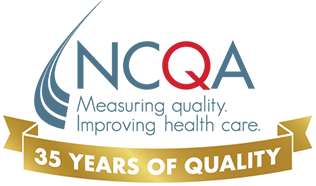Patients, caregivers or family members are not likely to request care management services unless they are health care professionals; however, caregivers or family members may acknowledge the patient’s inability to self-manage care or to follow clinician instructions, or a patient may acknowledge his or her own inability to manage care, and that might lead a practice to consider the patient for care management services.
For example, children of a widower who relied on his spouse to help him manage a chronic condition might alert the practice that their father cannot manage his care and that they are not in a position to provide help.
This applies to the following Programs and Years:
PCMH 2017
